Seedlings of strawberries and wild strawberries - the difficulty of choosing
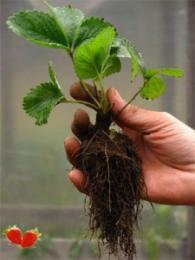
Seedlings of strawberries and wild strawberries are presented in many nurseries; the many varieties and species plunge many of us into confusion and the more difficult it is to make a choice.
If you want to create a small plantation of strawberries and wild strawberries, then it is worth giving about eighty percent of your plantings to proven varieties, and twenty to experimental ones, so to speak, for testing, for further selection. When choosing seedlings, you need to take into account the region, the area of your residence, so that the purchased strawberry seedlings have survived all changes in the climatic conditions of your region.
For general planting, it is recommended to choose these varieties like Junia Smids (winter-hardy, proven, reliable and early variety), Zephyr (beautiful and early variety), Relay, Tsarina, Dukat and others. For testing, you can try to grow I have the remontant variety Queen Elizabeth, which requires high beds filled with humus, Elsanta, Albion and others.
You should not pay attention to the so-called “climbing strawberries”, since they simply do not exist, and such a popular variety as “Gigantella” is actually not very productive, although it produces large berries.
What you should pay close attention to when choosing seedlings:
- so that there are no spots on the leaves that may indicate fungal diseases, seedlings with spots can only be purchased at the end of summer;
- so that the leaves of the seedlings are not pale, since such leaves may indicate the presence of late blight necrosis;
- so that young leaves are not wrinkled, since such a manifestation in the development of leaves indicates the presence of strawberry mites in the plant;
- the leaves of good seedlings should be green, rich in color, and shiny;
- if the seedlings have an open root system, then their roots should be more than seven centimeters;
- the horn of the seedlings should be more than 0.7 centimeters;
- if the seedlings are presented with a closed root system, then its roots should fill the entire pot, cassette or cup;
- if seedlings are sold in a peat pot, then the roots of the seedlings should penetrate it.

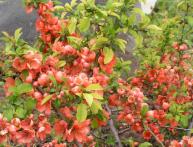
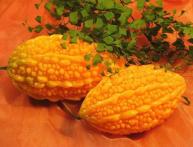

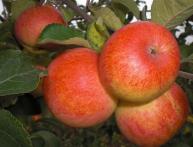
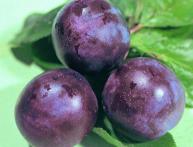
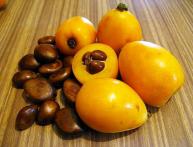
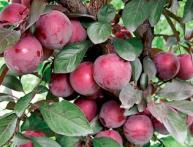
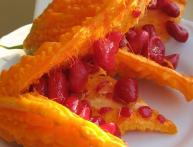
Comments
Gigantella, although large, is significantly inferior in taste to strawberry varieties with medium berries. Apparently, all vitamins and minerals are spent on growth.